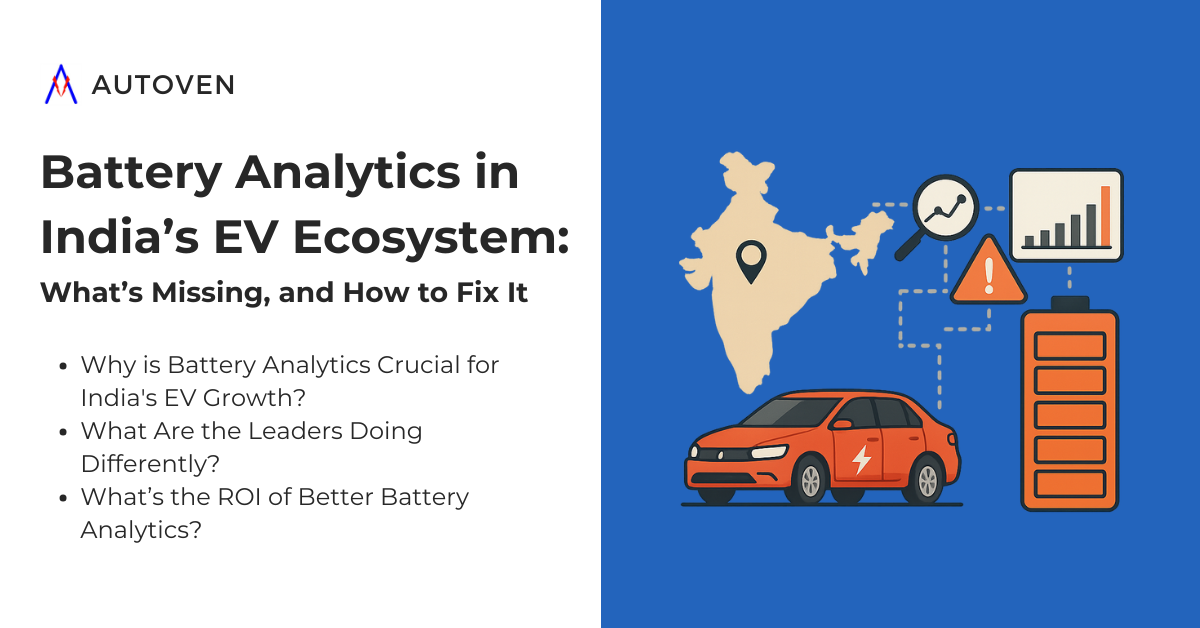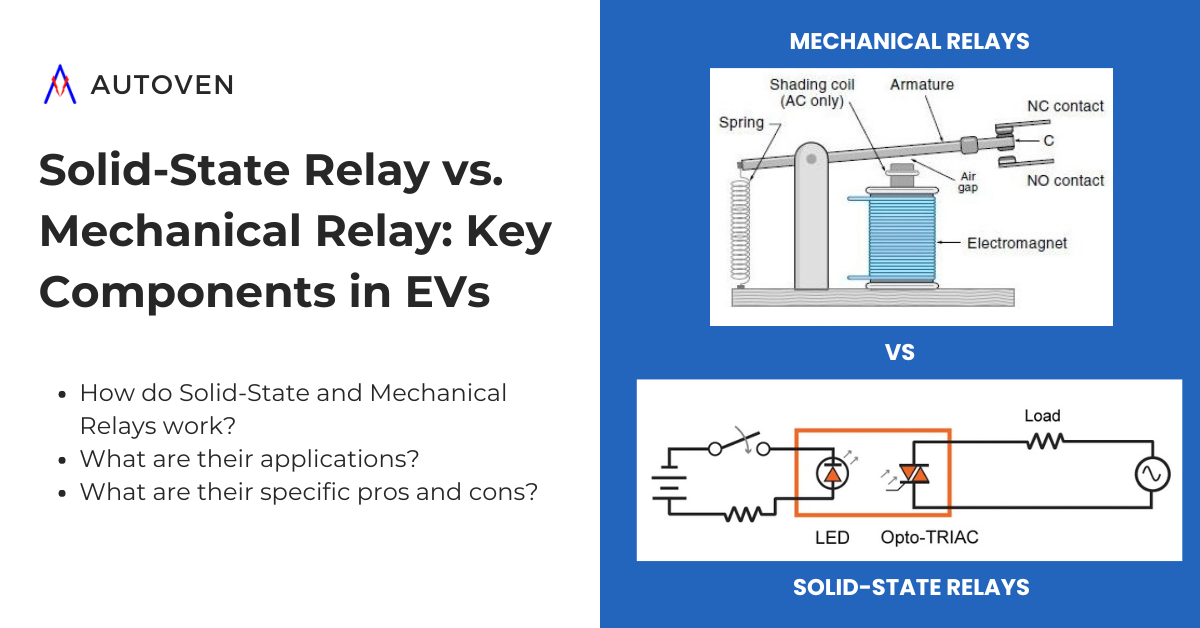Introduction: Why is Cell Balancing Essential?
Batteries power nearly all modern electronic devices, from smartphones to electric vehicles. However, their performance and lifespan heavily depend on how well their internal cell balancing function. Over time, cells can become unbalanced, leading to:
- Reduced battery capacity
- Shorter runtime
- Performance degradation
- Safety risks such as overheating or even fires
- Premature battery failure due to inconsistent voltage levels
- Energy loss from inefficient charging and discharging
One of the biggest challenges in battery management is ensuring that each cell within a battery pack maintains the same voltage level. Cell balancing plays a crucial role in this process. Evenly distributing charge across cells enhances battery efficiency, extends lifespan, and prevents safety hazards.
Here are 3 ways to Extend Battery Lifespan - Read Blog
How Do Batteries Become Unbalanced?
Batteries degrade over time, and individual cells within a battery pack do not always discharge or recharge at the same rate. This imbalance can be caused by:
- Manufacturing defects – Slight variations in cell capacity from the factory.
- Temperature differences – Heat affects cell performance and causes uneven discharge rates.
- Self-discharge variation – Some cells naturally lose charge faster than others.
- Aging effects – Cells degrade at different rates, leading to inconsistencies.
These inconsistencies can grow without proper balancing, leading to inefficiency and even battery failure.
What is Cell Balancing?
Cell balancing is a process within Battery Management Systems (BMS) that ensures all battery cells maintain uniform voltage levels, preventing overcharging or undercharging. This process extends battery life and enhances safety by mitigating risks like thermal runaway.
Learn more about Thermal Runaway - Read Blog
Both methods help optimize battery performance but differ in efficiency, cost, and complexity.
There are two main types of cell balancing:
- Active Cell Balancing – Transfers excess charge between cells.
- Passive Cell Balancing – Discharges extra charge as heat through resistors.
Active vs. Passive Cell Balancing: Which One is Better?
| Factor | Active Cell Balancing | Passive Cell Balancing |
| Cost | Expensive due to additional components. | Cost-effective, uses simpler circuits. |
| Efficiency | High – redistributes energy. | Lower – excess energy is dissipated as heat. |
| Complexity | Requires advanced circuits. | Simple to integrate into battery systems. |
| Energy Loss | Minimal – energy is transferred. | Higher – energy is lost as heat. |
| Maintenance | Requires monitoring and additional electronics. | Low maintenance, reliable for most applications. |
What is Active Cell Balancing?
Active balancing redistributes excess charge between cells using inductive or capacitive charge shuttling. It’s sometimes promoted for maximizing efficiency by utilizing stored energy more effectively.
✅ Pros:
- Can improve energy utilization.
- Aims to reduce battery degradation in niche, high-performance scenarios
❌ Cons:
- Expensive due to additional components.
- Adds complexity to the system.
- Still results in energy transfer losses (up to 10–20%).
- Surplus for most real-world EV applications, where cost, simplicity, and reliability matter more than marginal energy savings.
While it has merits in certain specialized applications like aerospace or ultra-high-performance systems, active balancing isn’t typically necessary for today’s commercial EVs. Passive balancing provides a more practical and proven approach.

What is Passive Cell Balancing?
Passive balancing discharges excess charge using resistors, ensuring voltage uniformity without redistributing energy.
✅ Pros:
- Simple, cost-effective, and easy to implement.
- Requires minimal maintenance.
- Reliable for most battery applications (laptops, smartphones, energy storage systems, and electric vehicles).
❌ Cons:
- Wastes energy as heat.
- Less efficient compared to active balancing, but this tradeoff is acceptable in most use cases.
Despite some energy loss, passive balancing is sufficient and ideal for most EVs in the current market.

Why Passive Balancing is the Preferred Choice?
- More cost-effective: No need for expensive extra components.
- Easier to integrate: Simple design allows for quick implementation.
- Reliable and safe: Fewer failure points compared to active balancing.
- Suitable for most applications: Works well for consumer electronics, renewable energy storage, industrial battery systems, and modern EVs.
While active balancing offers high efficiency on paper, its added cost and complexity typically outweigh the benefits in real-world automotive use cases. Passive balancing provides a solid balance of safety, performance, and affordability.
How to Optimize Battery Performance with Cell Balancing?
To ensure your battery system operates at peak performance, follow these best practices:
1. Choose the Right Balancing Method
- Opt for active balancing only if you’re building ultra-high-performance systems with large budgets and extreme efficiency needs.
- Passive balancing is the best choice for EVs and most commercial systems, offering reliability without overengineering.
2. Use a High-Quality Battery Management System (BMS)
- A good BMS monitors charge levels and ensures even distribution.
- It prevents overcharging, overheating, and excessive wear on battery cells.
3. Maintain Optimal Temperature Control
- Uneven heat distribution can lead to imbalances.
- Use cooling systems or thermal management solutions to ensure even temperature across cells.
4. Regularly Monitor Battery Health
- Periodic voltage and temperature checks help prevent imbalances.
- Use diagnostic tools to track cell performance over time.
Final Verdict: Which Method is Best for You?
Passive balancing is preferred for most EV and battery applications due to its simplicity, reliability, and lower cost. While active balancing can offer higher energy efficiency, its complexity and expense make it impractical for most EVs today.
Passive balancing is more than enough unless you work on extremely specialized systems like aerospace or cutting-edge research platforms.
Need Help With Battery Solutions?
Want to optimize your battery system with the best balancing technology? Our team of experts can help! Contact us today to explore the best energy storage solutions for your application.



